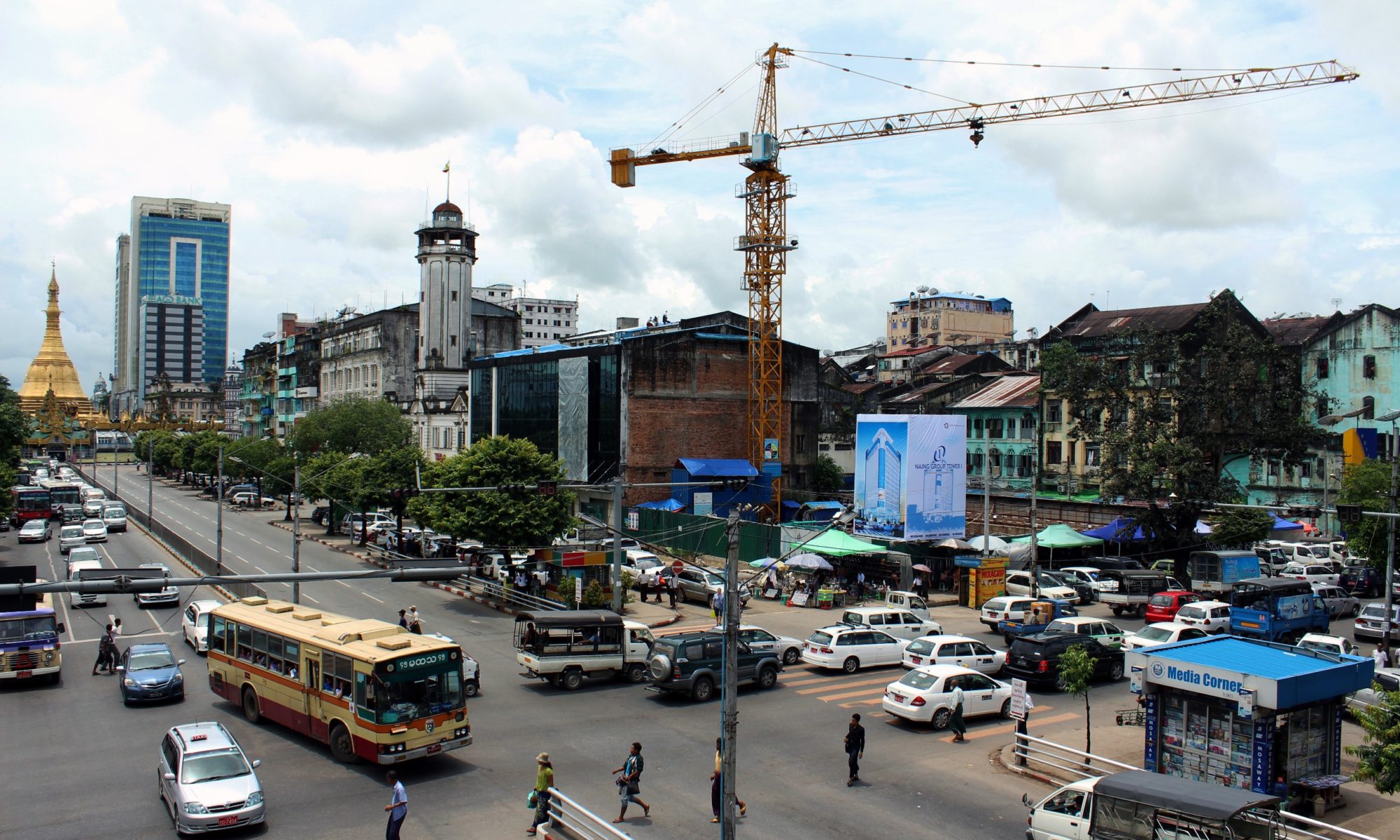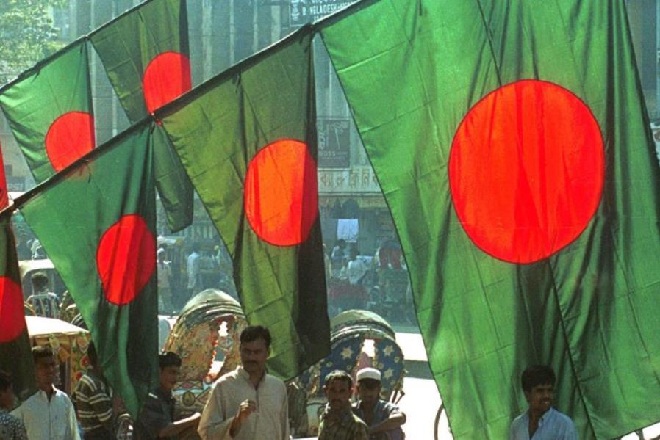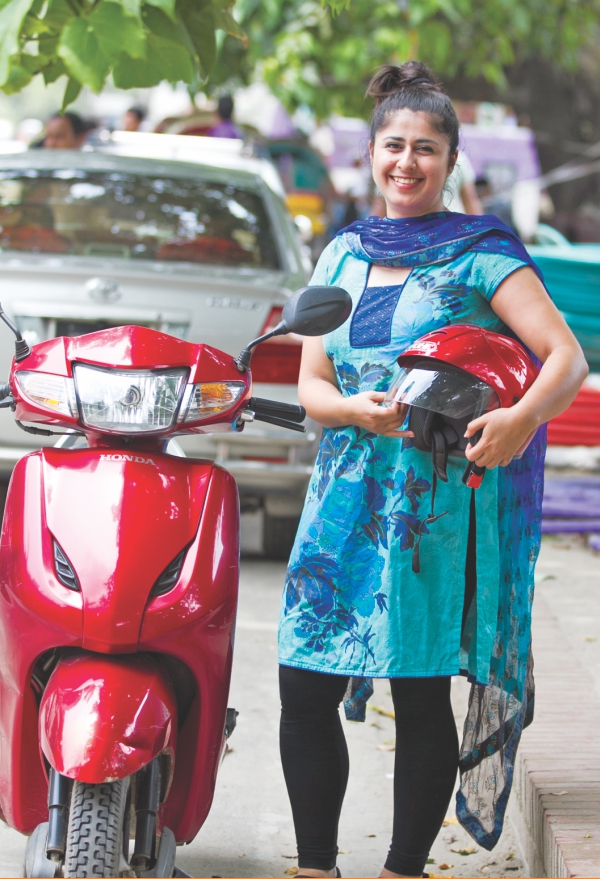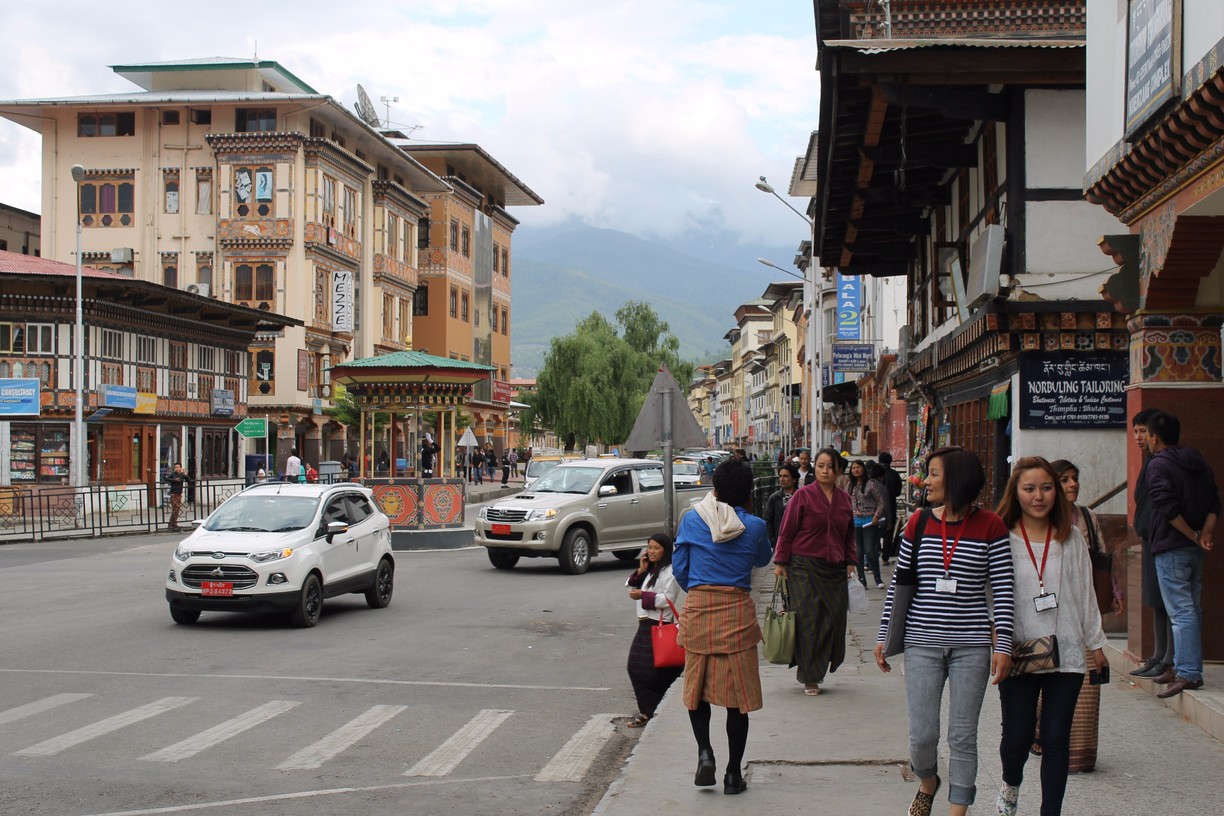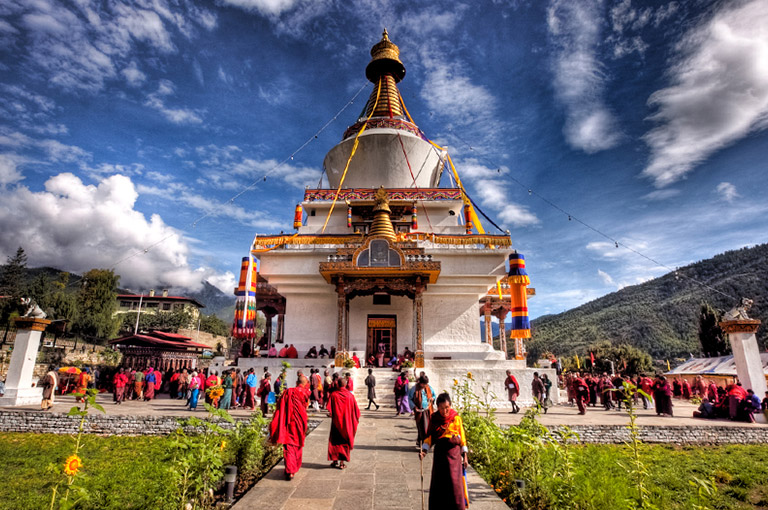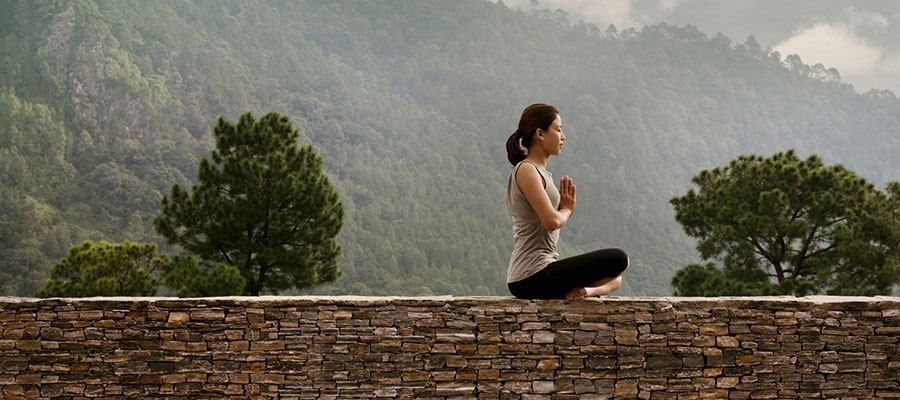The number of foreign ships stood at 784 in 2017-18 fiscal year, which was only 282 in 2012-13 fiscal. The number of containers was 43,000 in 2017-18, whereas it was 20,717 in 2015-16
Arrivals of foreign ships and containers have tripled in Mongla port in a period of five years, thanks to massive development and modernization initiatives to upgrade the second largest sea port in the country.
The number of foreign ships stood at 784 in 2017-18 fiscal year, which was only 282 in 2012-13 fiscal. The number of containers was 43,000 in 2017-18, whereas it was 20,717 in 2015-16, according to data of Mongla port .
With the growing interests from the port users, the port authority has garnered enhanced revenue from its services.
In the Fiscal Year (FY) 2016-17, the revenue earning has seen an upward trend by 15%, which turned to 50% in FY17-18. Arrivals of foreign ships and cargo handling have also increased simultaneously.
According to port users, without problems, such as poor navigability in the jetties, lack of adequate instruments to handle containers and difficulties in the customs, export-import business in the Mongla port would have boosted further, improving the financial standards of the locals as well.
Mongla port Chairman Commodore AKM Faruque Hasan said: “Among the 10 approved development projects intended for the port, seven are currently under progress.
“Once these projects- financed by India and China- are completed, the port will be better mobilized,” he added. “The government is constantly monitoring port development.”
Port users are increasingly attracted to Mongla port due to its enhanced efficiency, and better services, the chairman said.
Profitable since 2009, but problems remain
The chairman further said, after 2009, the Mongla port has been experiencing profits.
Currently, the port has six self-owned jetties, seven individually owned jetties and 22 anchorages- all of which are capable of handling 34 ships at the same time.
The port has the capacity to handle more than 10,000,000 metric tons of cargoes, 70,000 containers and more than 20,000 vehicles through four transit sheds, two warehouses, four container yards and two car parking yards.
Mongla Customs Clearing and Forwarding Agents Associations President Md Sultan Hossain Khan said: “According to data provided by the Chittagong customs house, 10% of the imported goods go through a physical checkup after entering the Chittagong port.”
“However, in Mongla customs house, 100% of the imported goods go through a physical checkup,” he said. “This is why importers do not want to bring ‘capital machineries’ through this port.”
He said due to the financial losses and harassments, many are unwilling to use the port.
Port Chairman Commodore AKM Faruque Hasan said as number of containers are low, the customs authority checks almost all consignments, although there is a provision of examining as low as 10% of the total consignments.
He said currently 70-80% of the capacity is used by the port users.
Meanwhile, port users say, the port can be used to its fullest potential with the cooperation of all concerned parties.
Mongla port user Shipping Agent and Managing Director of Stevedors Messrs Nuru and Sons HM Dulal informed: “Ships are continuously entering the Mongla port. Port users have increased their scope of work, creating more employment for workers.”
Former MP of Bagerhat-3 constituency- which comprises of Mongla-Rampal upazilas- and Khulna City Corporation Mayor Alhaj Talukder Abdul Khaleque said the Mongla port has gone through a lot of developments after the current government came to power.
“Through capital dredging, navigability was increased in 145km of channel area,” he said. “We are trying to ensure a safe, pollution-free and environment-friendly channel.”
The government has taken different initiatives to increase port usage. Among them, constructions of Padma Bridge, Khulna-Mongla railway, Khanjahan Ali Airport, 1320 megawatt of coal-based Rampal power plant, Special Economic Zone (SPZ) in the Mongla port area with the joint initiative of Bangladesh-India, and expansion of Mongla EPZ are some of them, the mayor said.
He hoped the construction works for all these projects will be completed by 2020-21.
According to port sources, the Mongla port does not have sufficient infrastructures. The port is going to be even busier after the construction of the Padma Bridge. And if all port-related activities of Khulna are to be transferred to Mongla port, the overall facilities of the port must be increased.
With that end in mind, Bangladesh is now seeking loans from India.
Aid from India
India will be providing Tk6,245cr in loans in the Tk6,585cr Mongla developmental project. The project, which started in June, is estimated to end by 2022.
The objective of the project is to increase the capacity of the Mongla port, as well as provide modern facilities for port users.
Port authorities say the project has a total of 12 components. They are: constructions of jetty-1 and jetty-2 container terminals, container handling yard, container deliver yard, security systems, roads, yard sheds, security walls automation, service vessel jetty, office, MPA tower, port residential complex and community facilities, mechanical workshops, equipment yards, equipment sheds, MT pools, marine workshops, signal rail crossing, overpass, entertainment sector, expansion of the preserved areas and other infrastructures and administration buildings and purchase of five harbour crafts.
Mongla port started its journey on December 1, 1950. It was opened 48km north of Khulna and 131km upstream of Bay of Bengal as “Chalna port”. In 1954, the name was changed to Mongla port for the convenience of the entry of foreign ships, port sources said.
Jute and jute-related goods, prawns, clay tiles, leather and other goods are exported through this port currently. On the other hand, food grains, fertilizers, machineries, vehicles, LP gas, coal, limestone, palm oil, wooden logs, stones and other goods are imported.
Source:https://www.dhakatribune.com/business/2018/11/11/foreign-ships-containers-tripled

